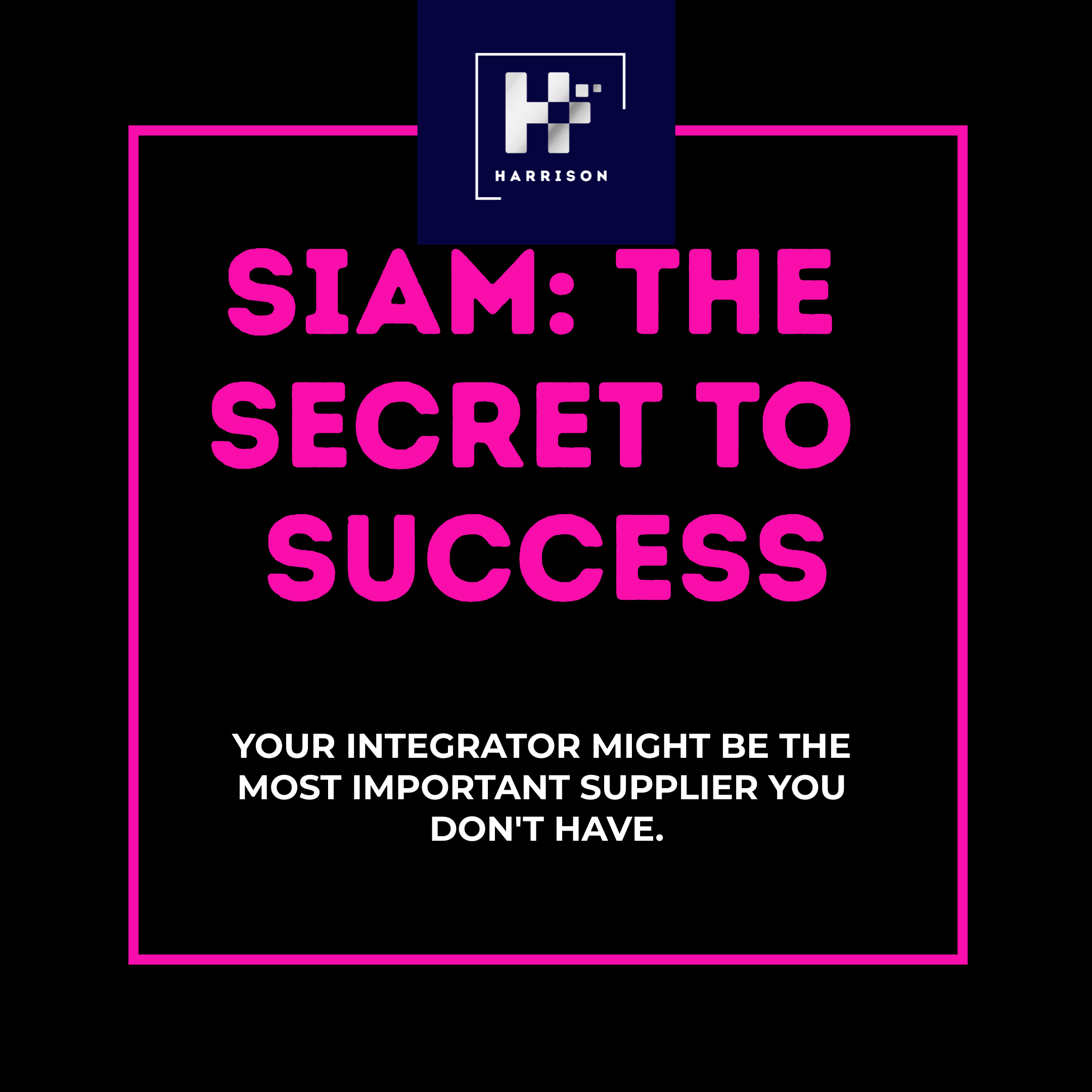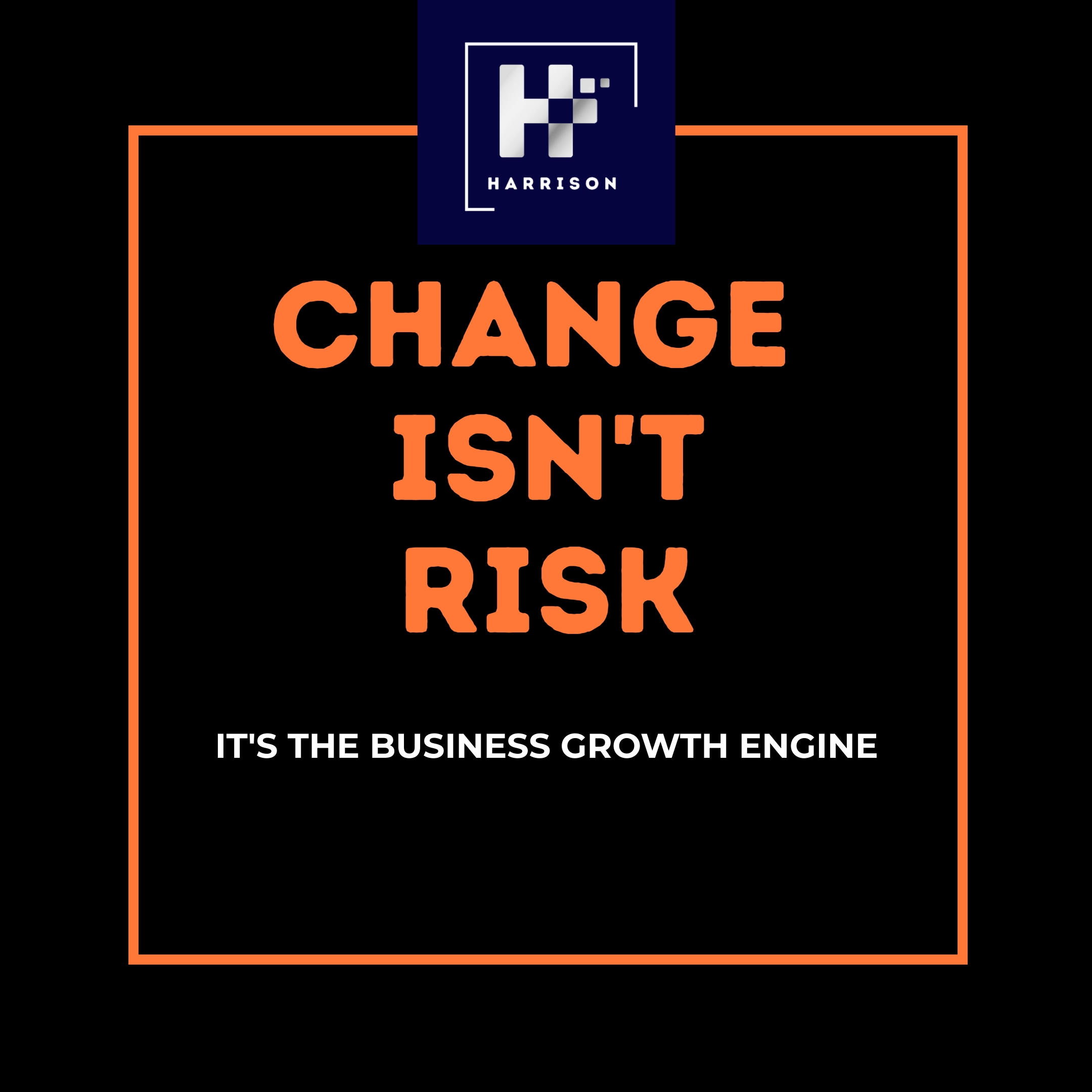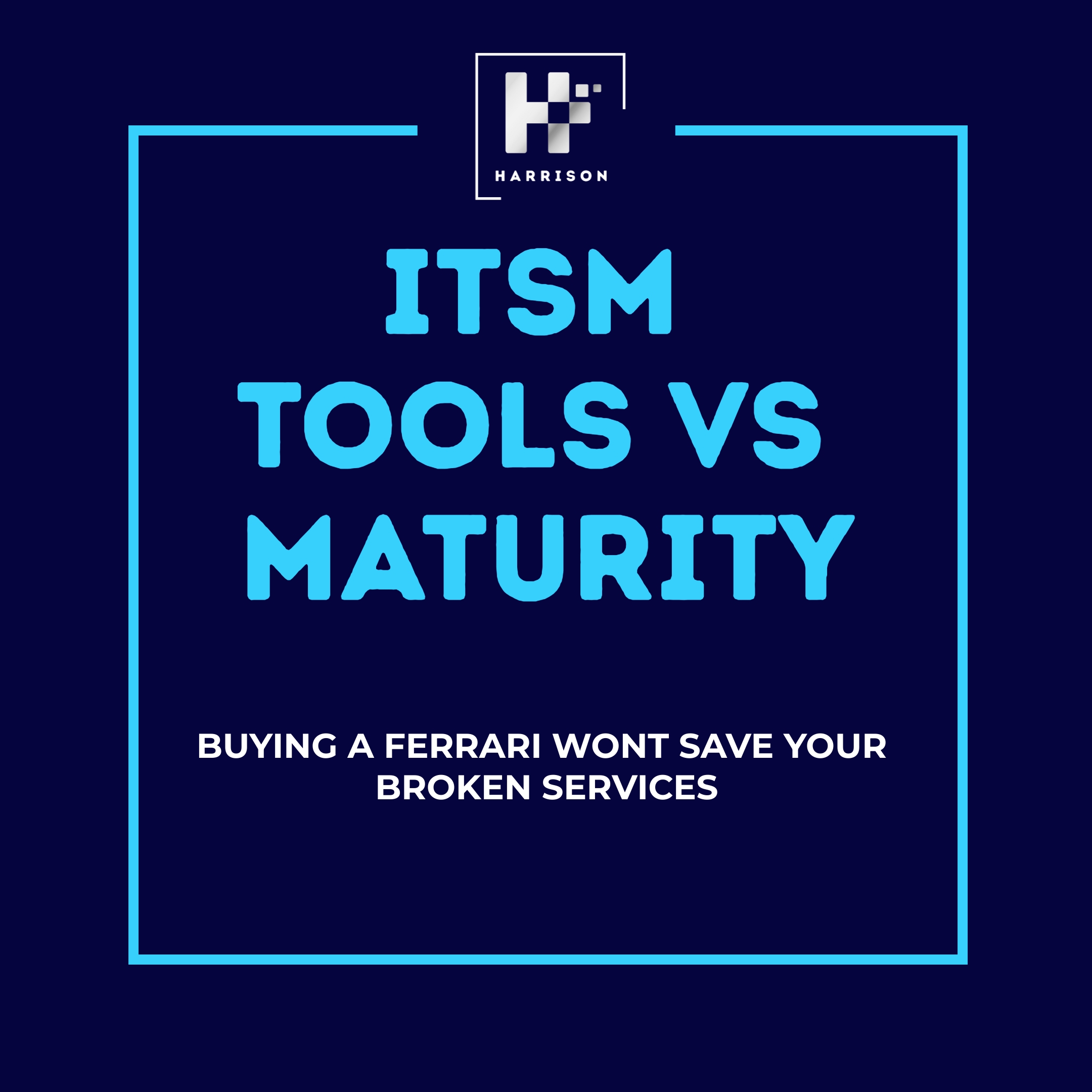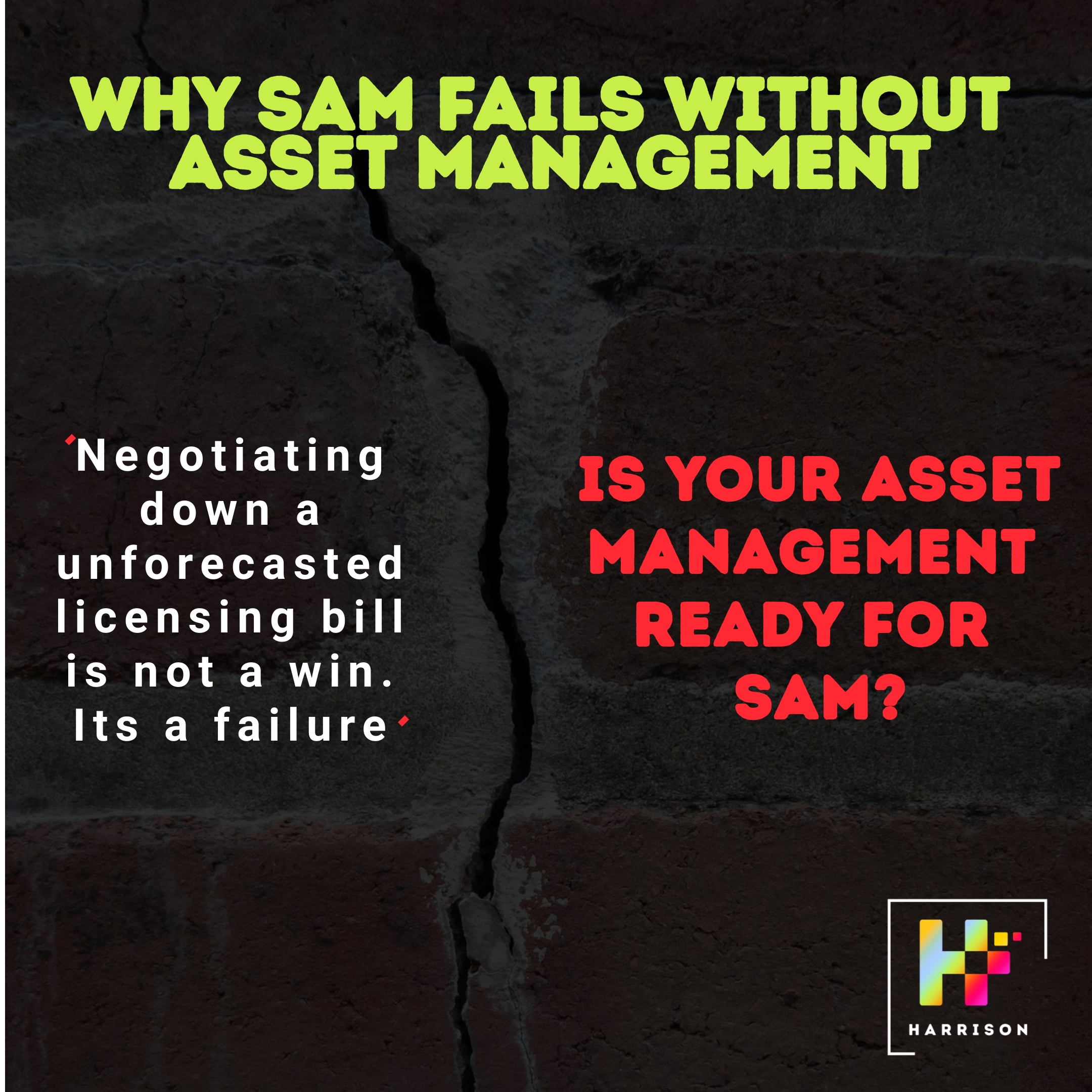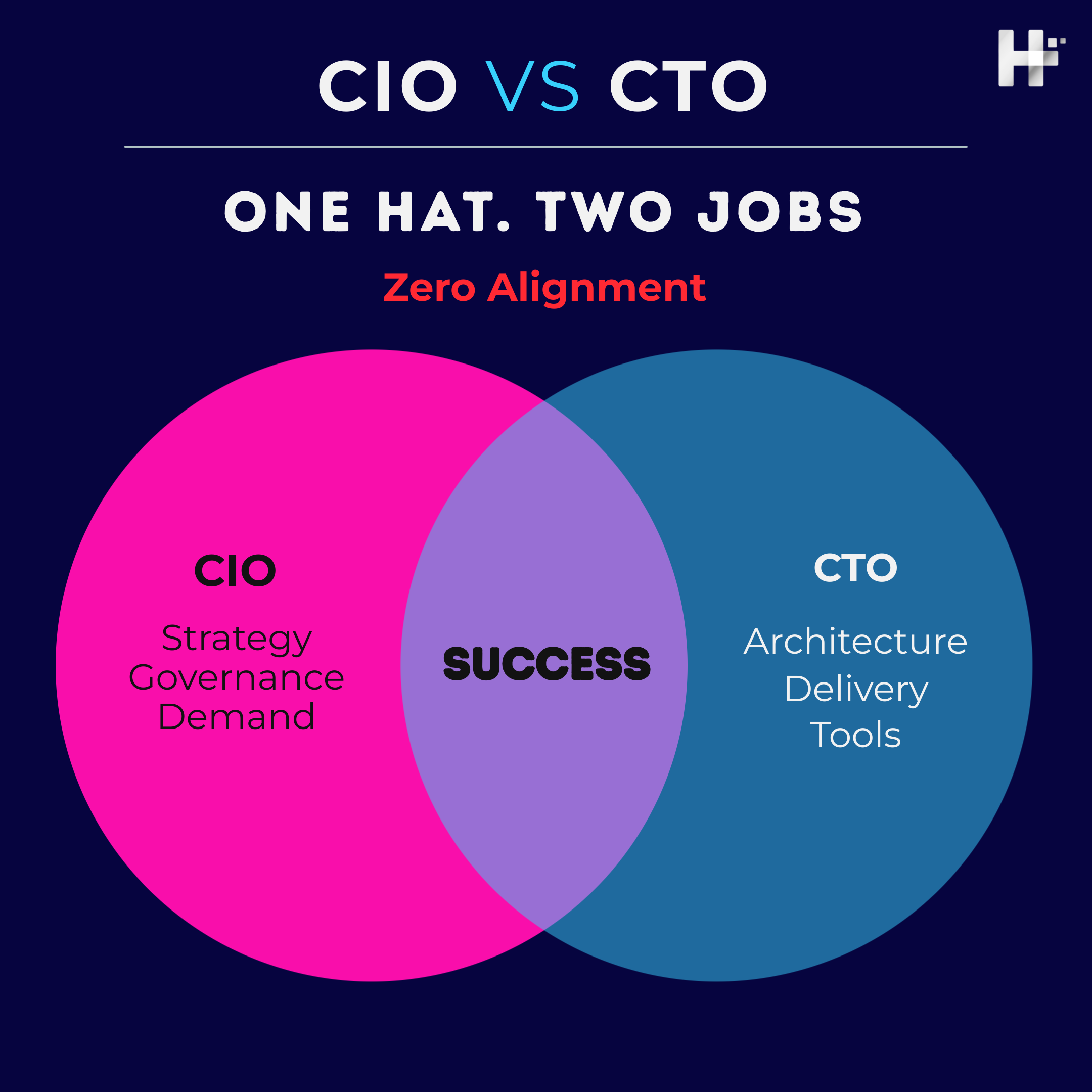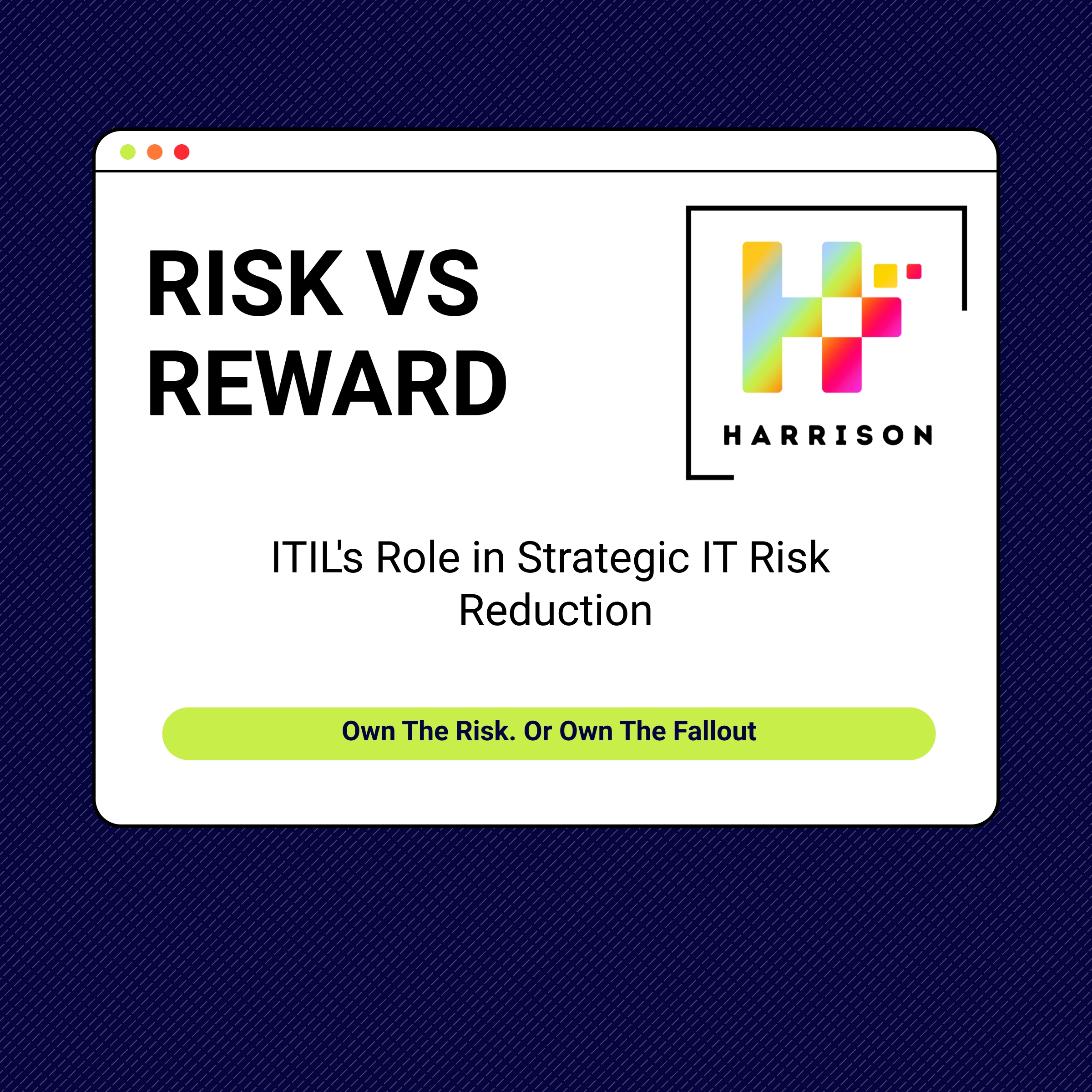Observability & Command and Control: The Illusion of Control in Modern IT
“We’ve got dashboards everywhere.”
“We saw it coming.”
“But somehow… we still had an outage.”
Sound familiar?
This is the disconnect plaguing enterprise IT. Leaders think they’ve invested in visibility — but what they really have is noise. And in the absence of a functioning Command and Control model, observability doesn’t prevent chaos. It just gives you a front-row seat to it.
It’s time we separate the illusion of control from actual operational leadership. Observability is not enough. Dashboards don’t fix problems. Command and Control — done right — does.
We have decided to lift the lid on what we see the top 5 challenges are for CIO’s, show the good and the bad and then leave some nuggets of wisdom…..
Challenge 1: “We have observability tools — so why aren’t we seeing the problem earlier?”
The Good: Observability is engineered into your delivery pipeline and production environments. You’ve got real-time views across infrastructure, services, and user experience. SLAs, XLAs and SLOs are defined, alerts are meaningful, and teams trust what they see.
The Bad: You’ve bought tools, but you haven’t built observability. Metrics are random, logs are siloed, traces are missing, the view is just tech and not service and dashboards are designed for demos — not real-world ops. There’s no context, no consistency, and no action. You could call it an expensive “show pony”
The Strategic Cost: You’re spending money on visibility while remaining blind to what matters. And when a P1 hits, you’re still scrambling for clues.
Nuggets for CIOs:
- Ask your Site Reliability Lead: “What’s our maturity across metrics, logs, and traces?”
- Ask your Service Transition Managers: “Do we define observability requirements during design — or only after things break?”
- Ask yourself: “Do I have visibility into customer impact, or just server performance?”
Challenge 2: “Why are we still reactive, even though we’re ‘monitoring everything’?”
The Good: You’ve got real-time alerts tied to business services. Event Management is integrated with Incident Management. Triage is automated. Your team knows about issues before customers do — and acts fast, every time.
The Bad: You’re drowning in alerts. Every system screams at the first CPU blip. Tickets are created, ignored, and duplicated. There’s no prioritisation, no correlation, no ownership. The first alert is always from the user — not your tools.
The Strategic Cost: Every second you stay reactive, you lose credibility. Business leaders start asking, “What are we paying for?”
Nuggets for CIOs:
- Ask your Ops Manager: “What’s our event-to-alert-to-resolution flow? How much of it is automated?”
- Ask your Service Desk Lead: “What’s our ratio of proactive to reactive incident handling?”
- Ask your teams: “How many major incidents were detected by us, not our customers?”
Challenge 3: “We’ve got tooling coming out of our ears — why is nobody using it properly?”
The Good: Tooling is intentional, consolidated, and aligned to use cases. There’s a defined observability architecture. Dashboards are maintained, metrics are mapped to services, and ownership of it all is clear.
The Bad: Everyone’s using different tools for the same thing. One team is in Splunk, another in Prometheus, and someone just spun up Grafana on the side. There’s no alignment, no strategy — just tooling chaos.
The Strategic Cost:
Observability becomes tribal. Costs skyrocket. Data is fragmented. Insights are diluted. And everyone argues over whose dashboard is right — instead of fixing the problem.
Nuggets for CIOs:
- Ask your Head of Platform Engineering: “Who owns tooling governance, and how often is it reviewed?” “Who owns the data for the services inside the tool?”
- Challenge your architecture team: “Can you show me our observability tooling map — and justify every tool on it?”
- Ask your CFO: “What are we spending on visibility platforms, and how much overlap is there?”
Challenge 4: “Why does every outage feel like Groundhog Day?”
The Good: Every incident ends in a blameless review that drives meaningful change. Alert logic gets refined. Dashboards are updated. Automation gets added. Polices and procedures change. The loop closes. The system gets smarter, the capabilities get stronger.
The Bad: Post-incident reviews are checkbox exercises. The same issues recur. The same alerts misfire. People keep firefighting the same problems — but nothing actually changes.
The Strategic Cost: Incidents become accepted. Burnout rises. Stakeholders lose trust. Fix-forward becomes fix-nothing.
Nuggets for CIOs:
- Ask your Major Incident Manager: “What were the recurring root causes across our last 5 P1s?” and “what has changed from the 4P’s as a result”
- Ask your tooling and data owners: “What did we change — permanently — after our last post-mortem?”
- Demand accountability: “Are we tracking incident patterns, or just surviving them?” and “What is CSI doing to really ensure we improve?”
Challenge 5: “If we’ve got a Command Centre, why does it feel like a Call Centre?”
The Good: Your Command and Control Centre is a strategic asset — with autonomy, visibility, and authority. Staff are trained, empowered, and armed with service context. They prevent outages, not just observe them.
The Bad: It’s a glorified ticket queue of tickets that just get created one step sooner than via Incident Management & your ServiceDesk. Screens are blinking, phones are ringing, and no one has authority to do anything beyond escalating. The room is full of people, but nobody’s in control.
The Strategic Cost:
The business expects leadership — but all it sees is lag. Your Command Centre becomes an expensive overhead instead of a force multiplier, maybe go back to just having a service desk with a sprinkling of monitoring and brush it under the carpet instead?
Nuggets for CIOs:
- Ask your Command Centre Lead: “What decisions can your team make without escalation?” and “how do we add and change them as we learn?”
- Ask your Service Owners: “When’s the last time the Control Centre prevented an incident for you?”
- Challenge your org model: “Is this a command centre… or just an expensive alert triage desk?”
Final Word: Command Without Control is Just Noise
Observability tells you what’s happening.
Command and Control tells you what to do about it.
If you’re not wiring your tooling into structured processes, defined responsibilities, and empowered response teams — you’re just watching your systems burn in real-time HD.
This isn’t about software. It’s about execution.
It’s really all about leadership.
Need help?
At Harrison James IT, we build Command and Control operating models that work. Not just dashboards, but decision-making frameworks. Not just observability, but outcomes.
From the tooling strategy to ITIL-aligned operations, we help CIOs turn chaos into clarity.
🔍 Read our case studies
📞 Get in touch with us — and let’s turn your command centre into what it was always meant to be: a control centre.
Follow us
Latest articles
December 14, 2025
December 14, 2025
December 14, 2025
December 14, 2025
December 14, 2025
December 14, 2025


